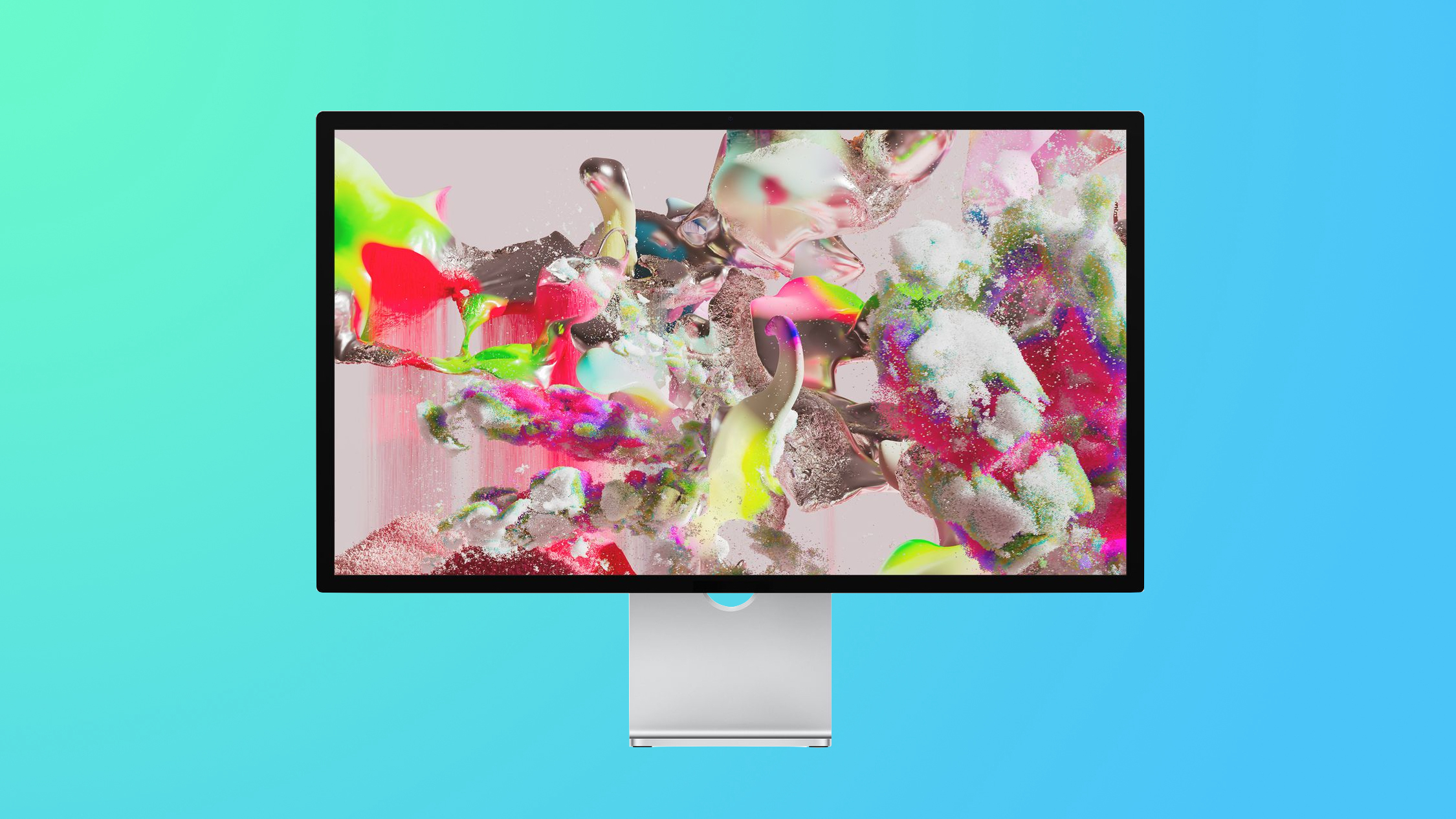
Apple's new 5K Studio Display supports the 11-inch iPad Pro, the 12.9-inch iPad Pro (third-generation or later), and the new fifth-generation iPad Air, but it isn't officially compatible with the fourth-generation iPad Air or the new iPad mini because the USB-C ports on these devices can't achieve the required data throughput to output in the native resolution.

That has led some users to wonder what happens, if anything, when a fourth-generation iPad Air or iPad mini 6 is connected to the Studio Display. Apple has now confirmed to MacRumors that these two devices output to the 5K-capable display in a downscaled 1440p resolution. Suffice to say, other older, non-supported iPads with USB-C aren't capable of driving the Studio Display at 5K either.
Apple's new Studio Display is compatible with a range of Macs, according to Apple, including the following:
- Mac Studio (2022)
16-inch MacBook Pro (2019 or later)
14-inch MacBook Pro (2021)
13-inch MacBook Pro (2016 or later)
15-inch MacBook Pro (2016 or later)
MacBook Air (2018 or later)
- Mac mini (2018 or later)
- Mac Pro (2019 or later)
- 24-inch iMac (2021)
- 27-inch iMac (2017 or later)
- 21.5-inch iMac (2017 or later)
- iMac Pro (2017)
In the U.S., the Studio Display is priced at $1,599 with a tilt-adjustable stand and at $1,999 with a tilt- and height-adjustable stand. The monitor can also be configured with nano-texture glass and/or a VESA mount adapter.
Article Link: Studio Display Outputs At 1440p Resolution When Connected to 4th-Gen iPad Air and iPad Mini 6
Last edited:

